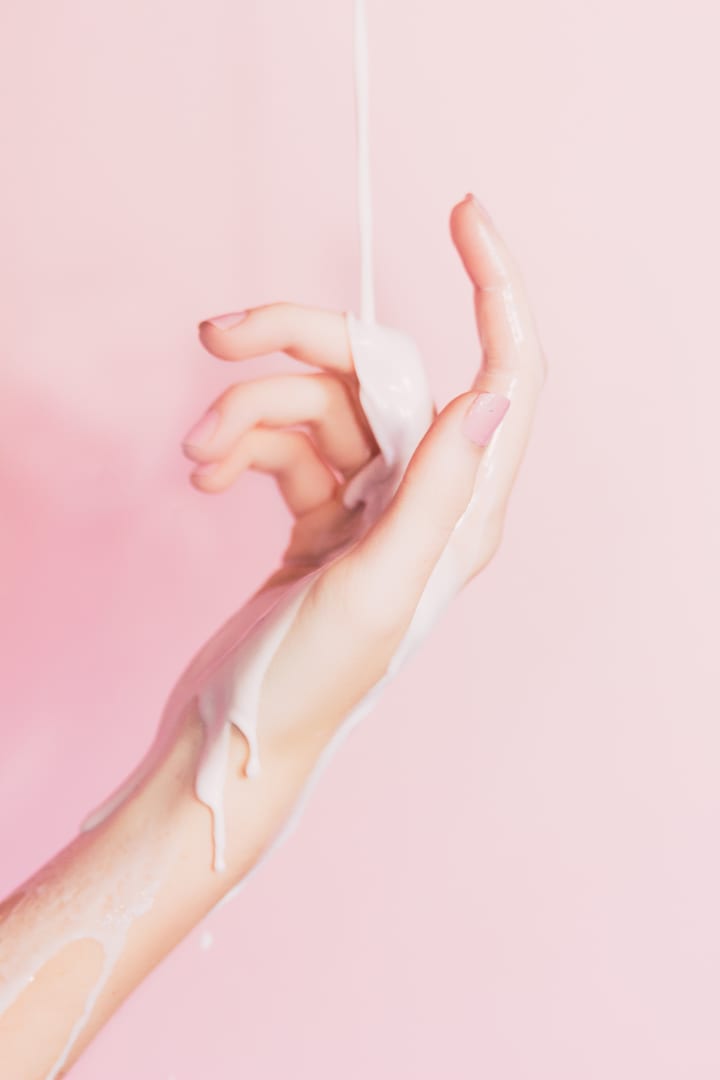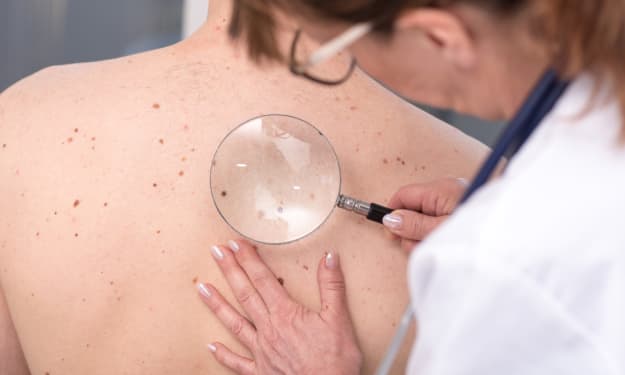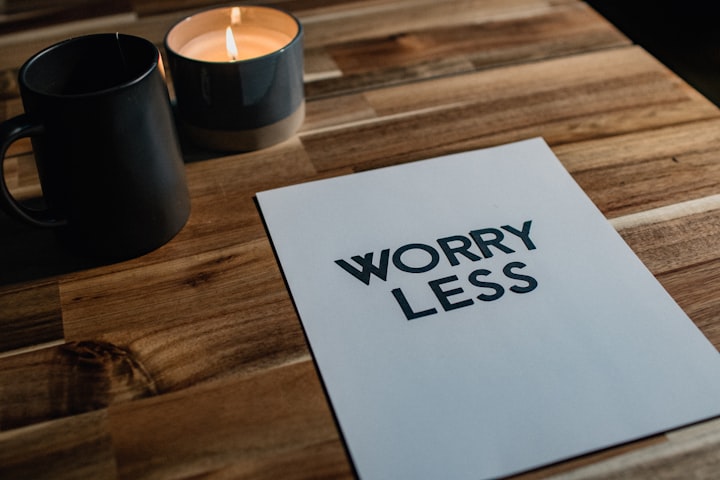A Cosmetologist’s Guide for Skincare
Six Steps to Get You the Skin You Want

We’ve all wondered how exactly celebrities stay looking as flawless as they do. And we’ve all probably wondered what can we do to get that same supple, smooth, radiant skin without breaking the bank. Well, have no fear, because I am about to explain the how, when, and what to use, all learned from my experience as an cosmetologist.
For starters, I will say that I suggest using professional retail products from a licensed salon versus using store bought products. I’ve written a separate article explaining the core differences between the two. If you’d like, you can find it on my profile titled “Store Bought or Salon Shelf?”. Definitely give it a read if you’re curious about why I prefer professional products, but I also always say use what works best for your skin.
Here are the following steps you should take when doing a full skincare routine, along with more details about why those products are important:
1. Remove Your Makeup with a Makeup Remover

Photo by ian dooley on Unsplash
Most of us are guilty of removing our makeup with our facial cleanser in the shower. I mean, it says it removes dirt, oil, and build-up on the bottle, so it should be able to remove makeup too, right?
Yes, but no. Most cleansers are designed in a way that can remove some makeup, but it will never remove it as well as a product specifically made to remove it. Which is why I stress to my clients that they should remove their makeup with a makeup remover.
There’s two primary types: oil-based and water-based.
Oil-based makeup removers work by attracting makeup, sebum, and impurities, and helping to wipe them away easily. This type tends to work better for removing full faces of makeup, but it’s not generally recommended with people who have oily or acneic skin, as the residue can clog pores further if it is not properly emulsified.
Water-based makeup removers work by removing makeup and impurities with surfactants. They emulsify with water and wash away the water-soluble particles, such as dirt and sweat. However, depending on which type of water-based removers you use, this kind might not be suitable for removing makeup.
Cleanse Your Skin

Photo by ian dooley on Unsplash
I hate saying that one product is more important than the other, but if I HAD to pick, I would say a good cleanser is an absolute must for a skincare routine.
Find a cleanser that is specific to your skin type: normal, dry, oily, acneic or combination. Normal skin is well-balanced and is neither too oily or too dry. Dry skin produces less sebum than normal skin and can feel tight, rough, and appear dull. Oily skin produces more sebum than normal and will shine and have visible pores. Acneic skin is caused by sebum, dirt, and other impurity clog your pores, resulting in blackheads, whiteheads, and other breakouts. Combination skin is as it sounds, a combo of different skin types.
This is the part of your routine where you begin to tailor your products to what your skin needs. Most cleansers will explain what skin type it is made for. Just be sure to choose the correct one for your skin, or your cleanser could worsen any skin issues you have!
Exfoliate, Exfoliate, Exfoliate...

Photo by Alex Perez on Unsplash
Exfoliation is the process of removing dead skin cells from the top layer of your skin to reveal more radiant skin with a smoother texture.
There are two types of exfoliants: mechanical and biochemical. There’s pretty much just two major differences between the two, whether or not it has grit in it and what its active ingredients are. Essentially, mechanical exfoliants remove the cells by scrubbing them off with buffing ingredients in the product, while biochemical ones remove the cells by dissolving them.
There are a few different kinds of chemical exfoliants, the most common being AHAs and BHAs. AHAs are made with lactic and glycolic acid and are better for dry or sun-damaged skin because of the added moisture. BHAs contain salicylic acid and are more effective on oily or acne prone skin.
Mechanical exfoliants are most common in the form of granular scrubs. These are my preference because I can actually feel the scrubbing particles in my hands as I work them in and I get a kick out of that, but these are not as suitable for people who have more sensitive skin.
Wipe Your Skin Down with Toner

Photo by Christin Hume on Unsplash
Toner’s primary purpose is to balance the skin’s pH and remove any remaining traces of oil or dirt from the skin while also helping control acne, shrink pores, and refresh your skin. You’d want to apply this over your face and neck with either your hands, a cotton pad, or as a spray. This will help begin the process of correcting your skin in the long run.
Apply a Face Mask

Photo by Chris Knight on Unsplash
This is a step you’d want to perform anywhere from 1 to 3 times a week.
Face masks are another good product for helping even out your skin and complexion. A lot of masks have great moisturizing and conditioning ingredients that will get soaked into your cell barrier. Some masks will also target specific conditions such as discoloration, acne, dullness, and redness. Clay, charcoal, gel, and peel-off masks are just a few examples of the many, many types of masks you can purchase.
Moisturize

Photo by Jernej Graj on Unsplash
Guys. I cannot stress this enough. You have to moisturize.
Moisturizer is going to be the heavy-hitting product when it comes to skin health. I know it probably feels like common sense to use a good moisturizer when your skin is dry, but did you know moisturizer is also a must for those of us with oily skin, too? Many people are under the misconception that applying moisturizer onto oily skin only makes the matter worse.
For the majority of those with oily or combination skin, the reason behind it is actually because of the way we clean our face. Using cleansers or other products that aren’t designed for our skin type can cause our skin to lack the oil necessary for it to be healthy, which makes our skin overproduce oil to compensate for it.
Using a moisturizer after cleansing and exfoliating is the best way to make sure your skin gets all the moisture it needs to function, and it will prevent your oil glands from overproduction.
Now, I won’t lie to you, if you have oily skin and you apply a moisturizer after cleansing, you may still feel oily. It’ll take about two weeks until your skin can adjust to the new product. Then, I promise you will start seeing some true results.
If You Absolutely HAVE to Choose...
I understand most of us are on a budget, and can’t necessarily go all out with our skincare routine. But, I definitely suggest at least getting a cleanser, exfoliant, and moisturizer. Those are your core products and offer the most benefits with use.
Tips and Tricks for Skin!
- Steam your skin before performing your routine. Warm steam will open up your pores and help aid in the removal of build up. Performing your routine in a hot shower is a great way to do so.
- Nose strips are a handy tool to use if you’re in a bit of a rush to remove a bunch of blackheads at once.
- Wait about two to three minutes between each product as you apply them to allow them to absorb into your skin properly.
- The routine described in this article is good to use about once a day, skipping exfoliation every other day and using the mask once a week.
- Sunscreen is your best friend to prevent premature aging and drying of your skin.
Overall, your skin is a reflection of your habits! With the proper routine, you can get the skin of your dreams in less than ten minutes a day.
“I regret taking such good care of my skin.” -Said no one ever.
About the Creator
Leilah Gainey
Hello! I'm a passionate writer and cosmetologist, and I'm always looking for ways to inform readers and clients about all the beauty and diversity of products, methods, and tips of the trade!






Comments
There are no comments for this story
Be the first to respond and start the conversation.